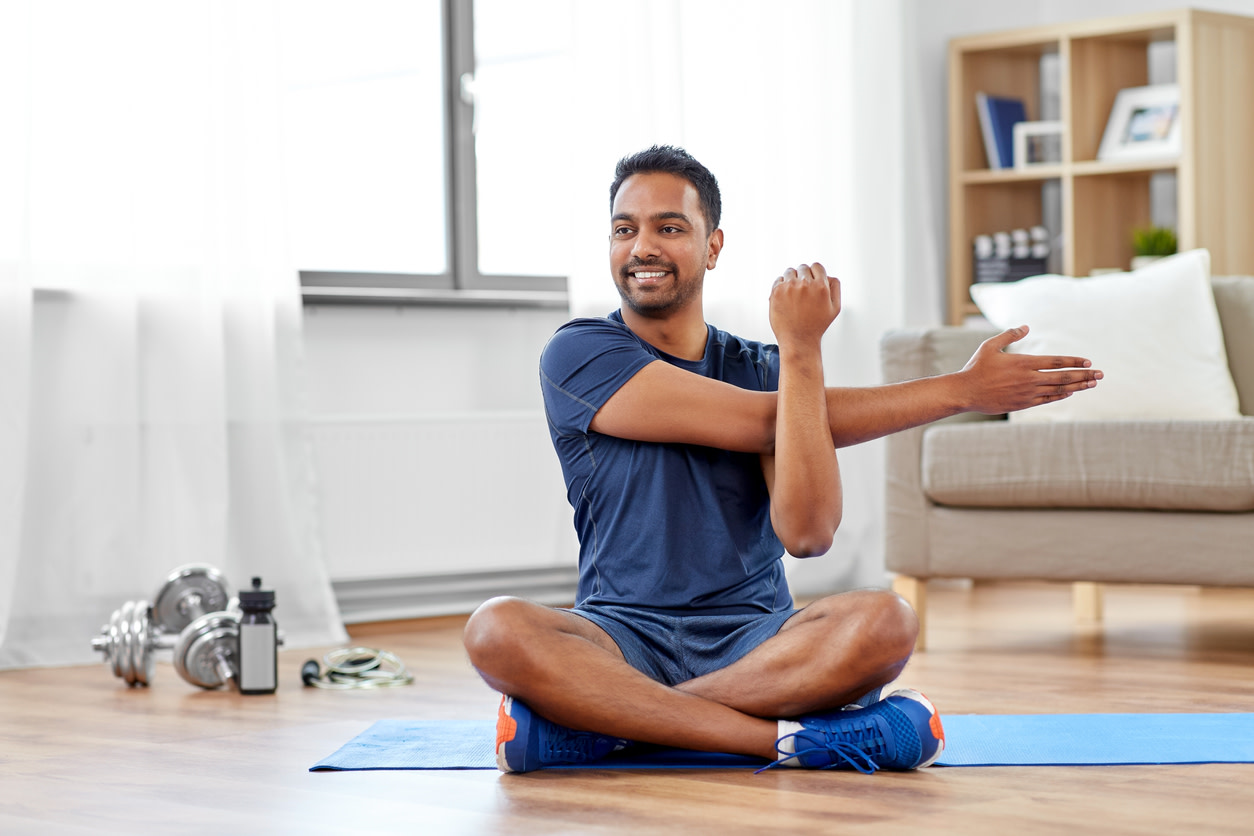15 ejercicios fáciles para hacer en Inicio: una guía para principiantes de fisioterapeuta
Aprenda ejercicios fáciles de hacer en Inicio para controlar el dolor articular y mejorar la fuerza. Obtén consejos sobre cómo comenzar una rutina de entrenamiento para principiantes de fisioterapeuta.
$0 costo para usted
Última actualización: Jul 22, 2025
